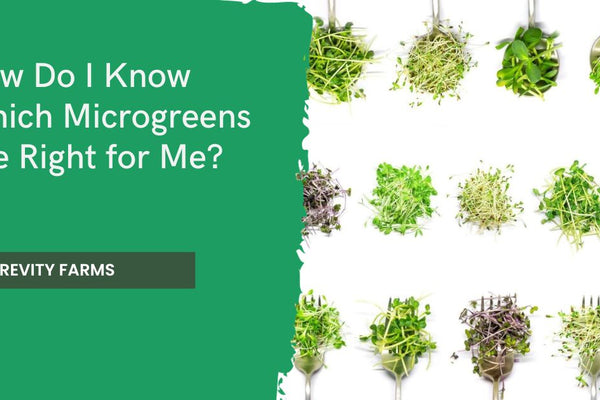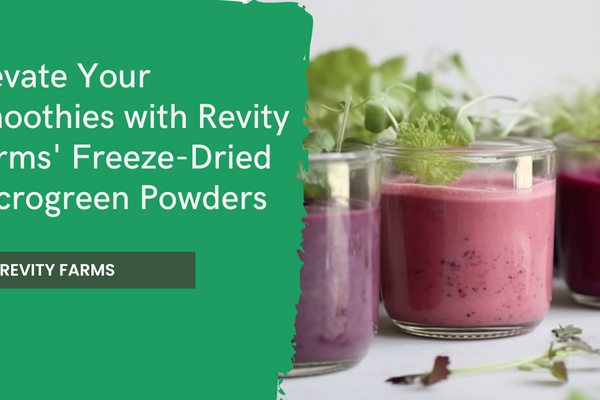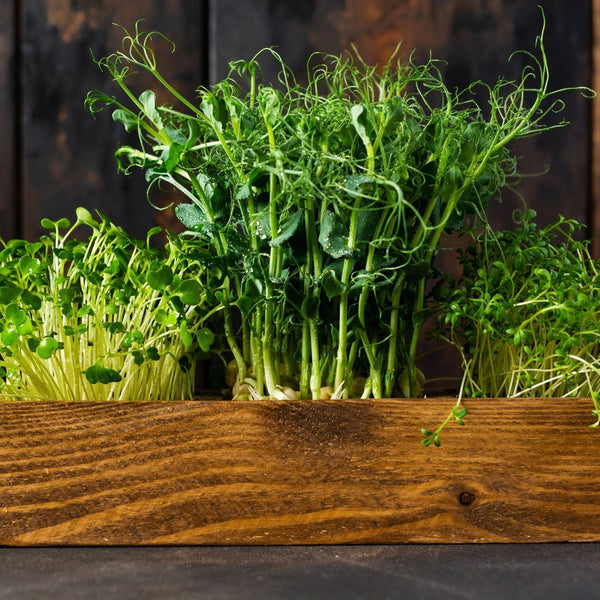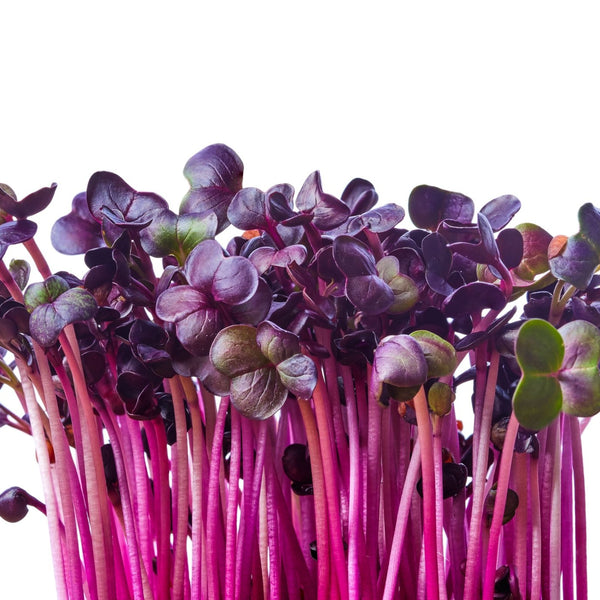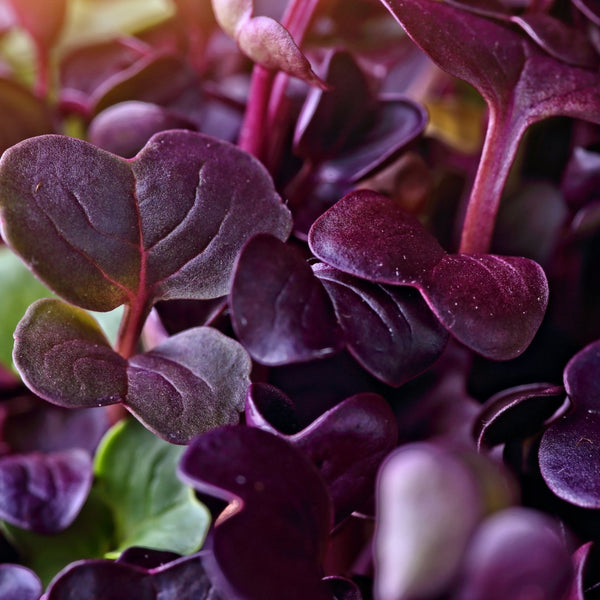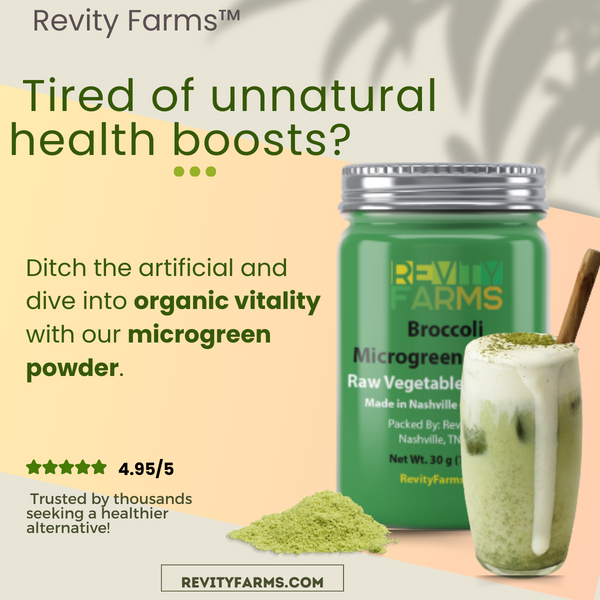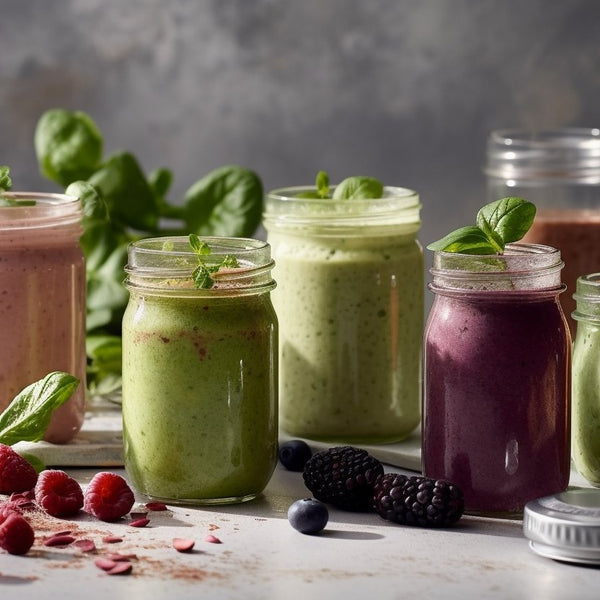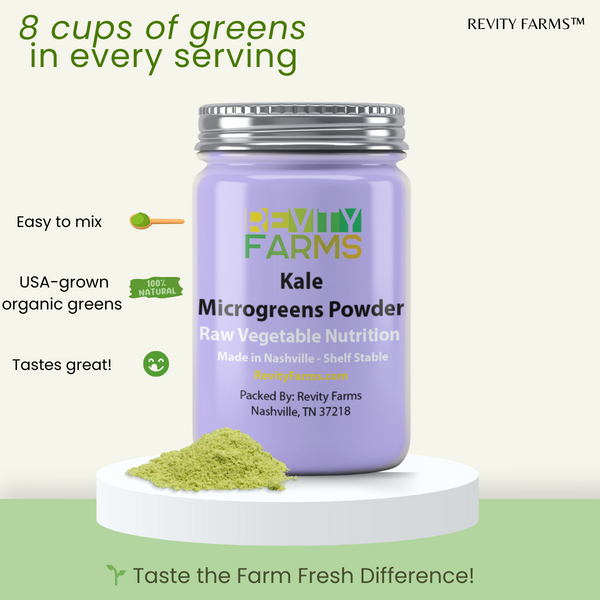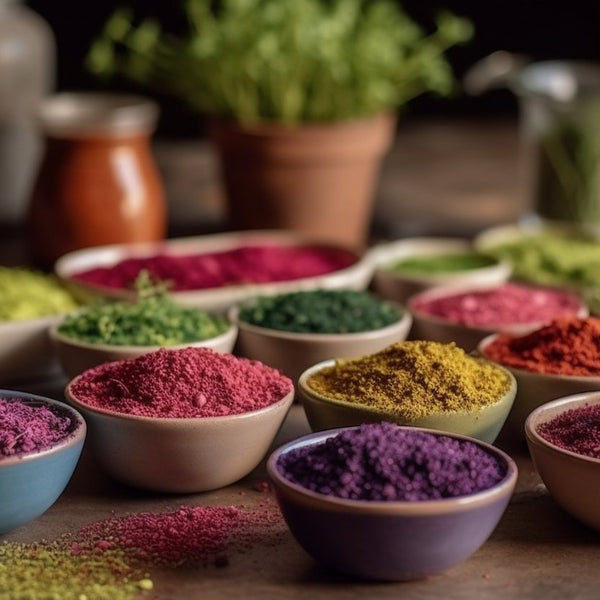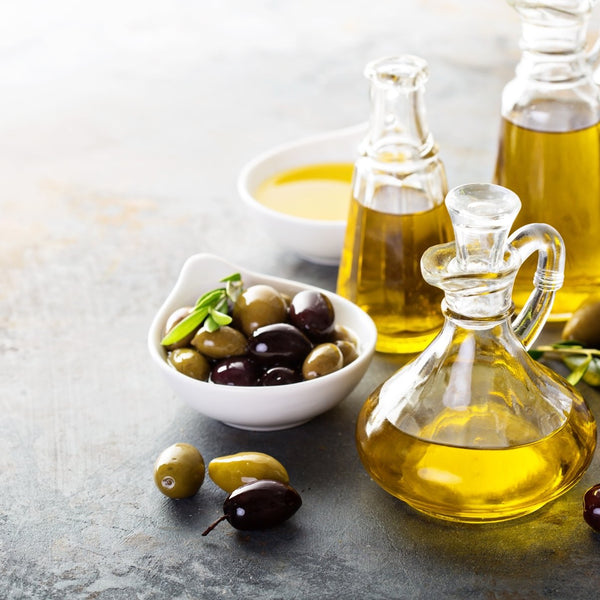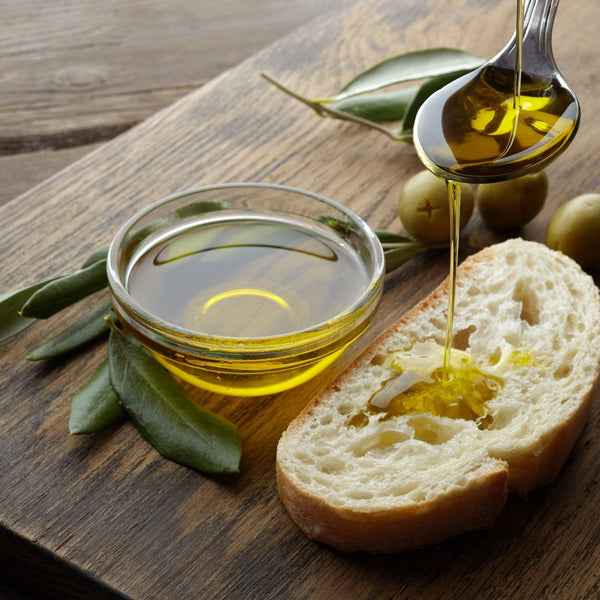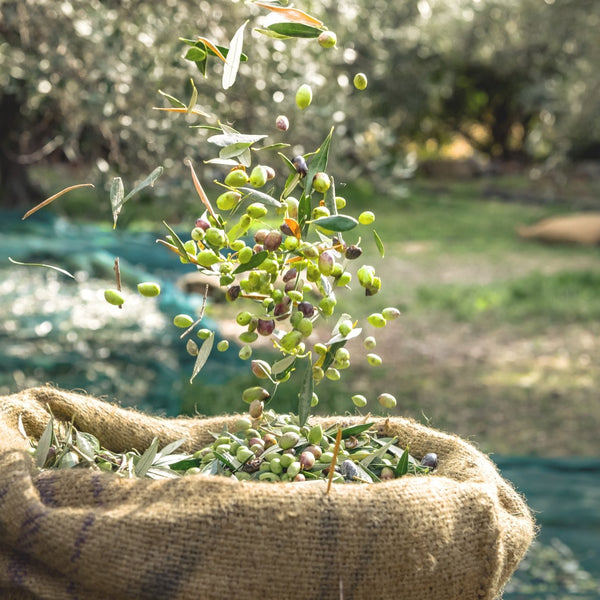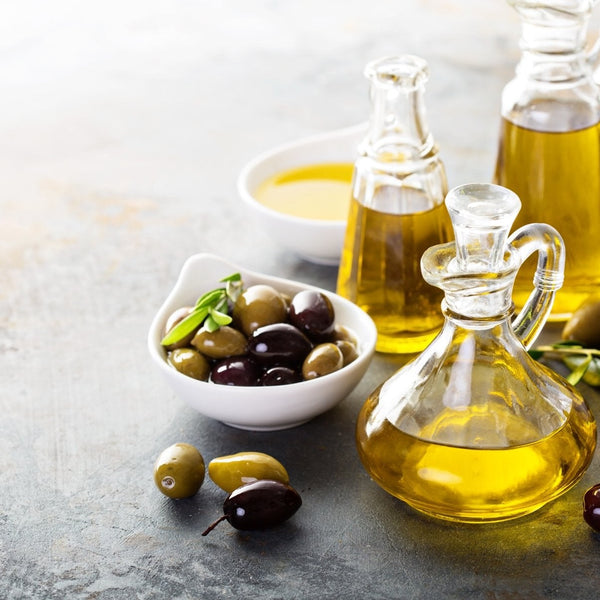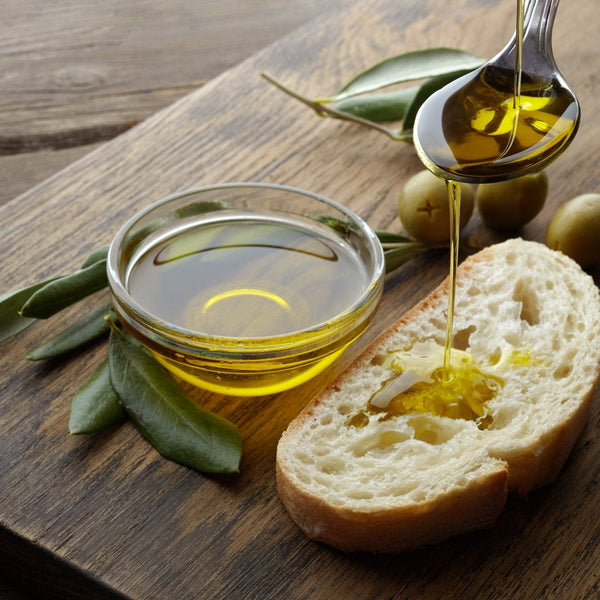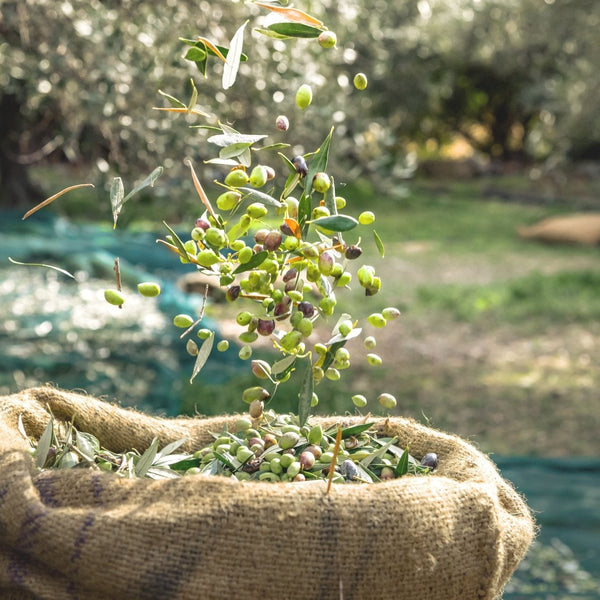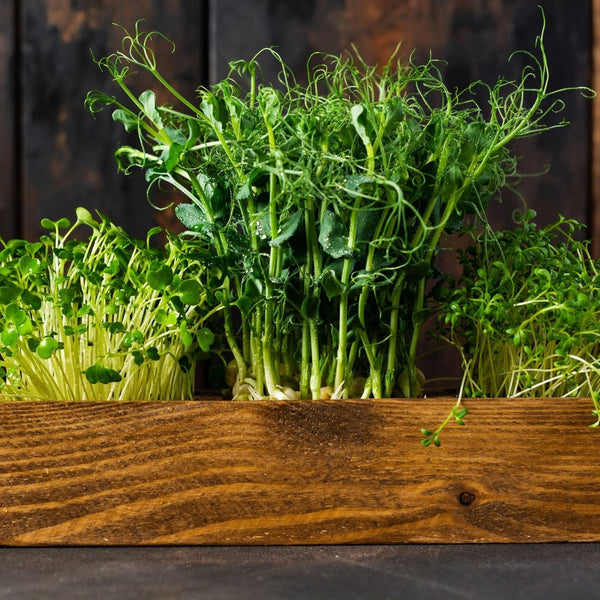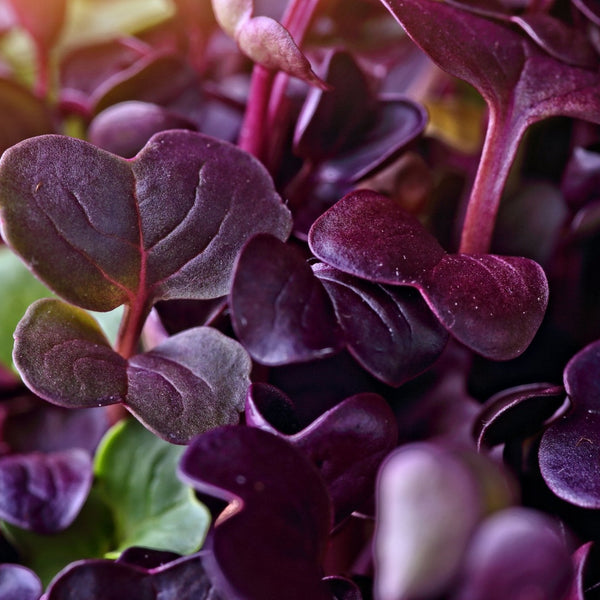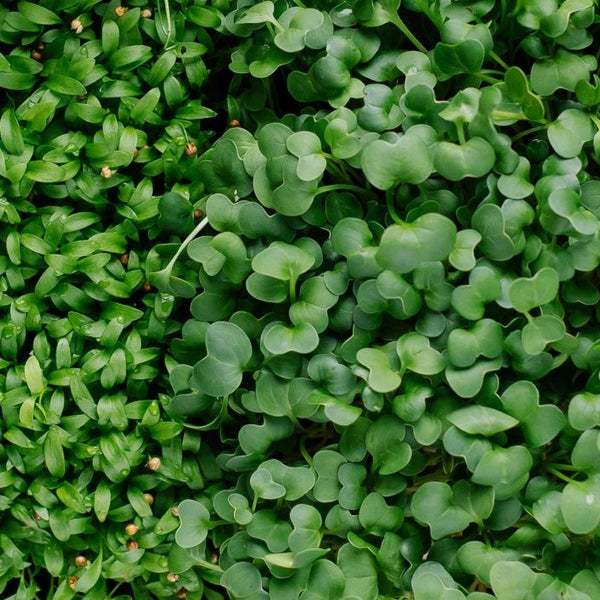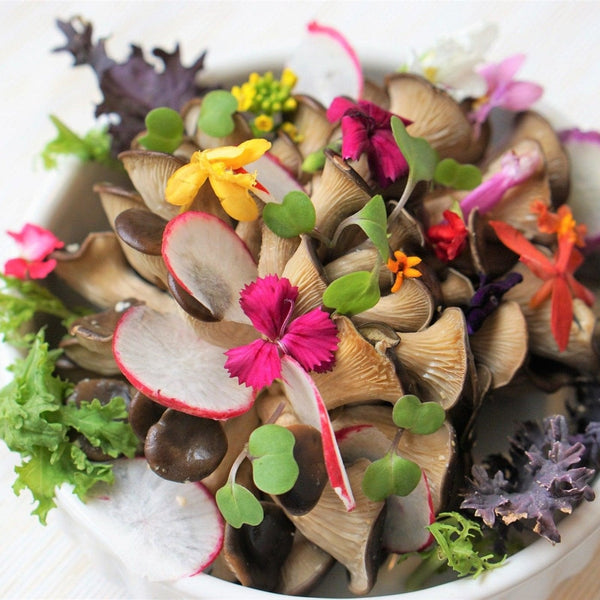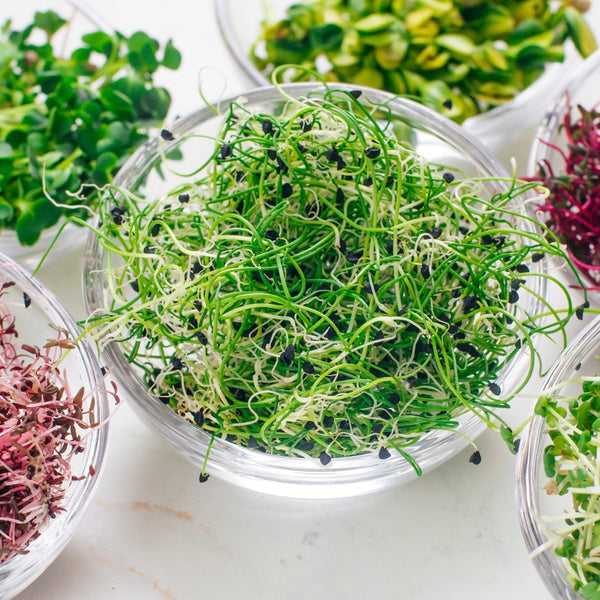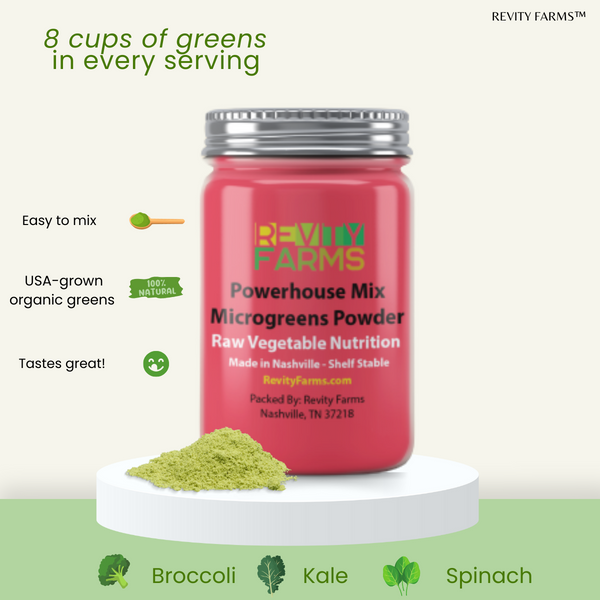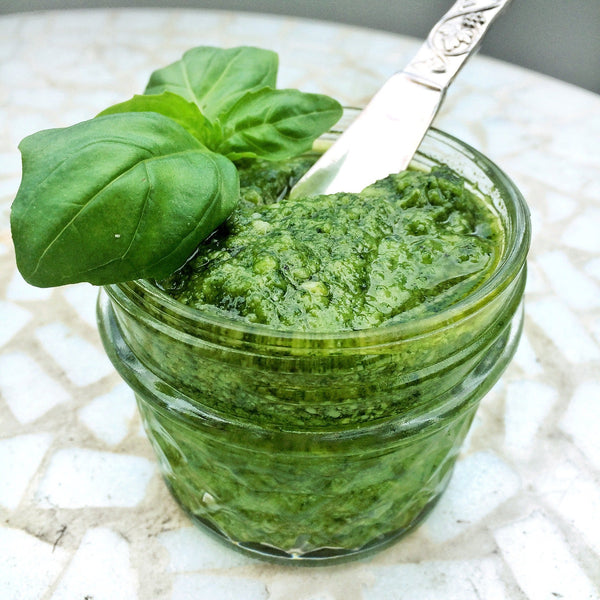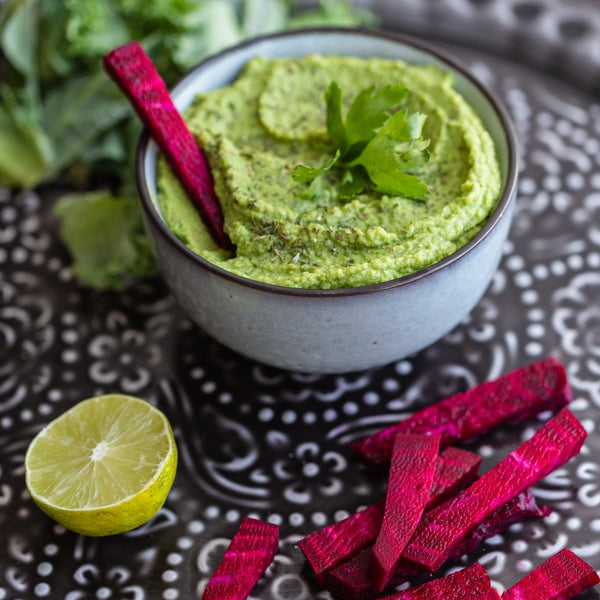
Introduction:
Microgreen sprouts, also known as vegetable confetti or baby veggies, have rapidly gained popularity among health enthusiasts and foodies alike. These young vegetable greens, usually 1-5 inches tall, are not only packed with flavor and nutrition but also add a splash of color that brightens up any dish. In this article, we'll explore the different types of microgreen sprouts, their nutritional benefits, and how incorporating them into your diet can improve your health.
Varieties of Microgreen Sprouts:
Revity Farms Microgreen sprouts come in numerous varieties, such as Broccoli, Amaranth, Sunflower, Wheatgrass, and Peas. Each type offers unique flavors, textures, and colors, providing a diverse range of options for your culinary creations.
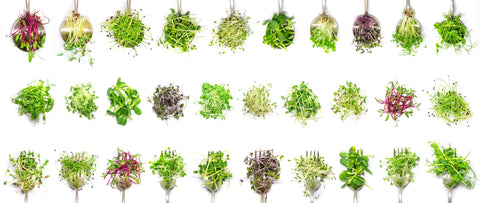
Nutritional Benefits:
Microgreen sprouts are well known for their concentrated nutrient content. Research has shown that they can contain up to 40 times more nutrients compared to their mature vegetable counterparts (1). These nutrients include vitamins, minerals, and antioxidants that are essential for maintaining good health.
A study published in the Journal of Agricultural and Food Chemistry found that microgreens have higher levels of vitamins C, E, and K compared to mature plants (2). Another study conducted at the University of Maryland discovered that red cabbage microgreens have 40 times more vitamin E and six times more vitamin C than mature red cabbage (3).
Incorporating Revity Farms Microgreen Sprouts into Your Diet:
There are countless ways to include microgreen sprouts in your diet, and doing so is an excellent way to boost your nutritional intake. You can easily incorporate them into salads, sandwiches, smoothies, or as a garnish for various dishes. Some innovative companies, such as Revity, are even incorporating microgreen sprouts into their products, like sesame-free hummus and guacamole, offering unique and healthy twists on traditional favorites.
Creative Uses for Microgreen Sprouts:
-
Smoothies: Blend microgreen sprouts with your favorite fruits, veggies, and protein sources to create a nutrient-packed smoothie. The greens will enhance the nutritional value without overpowering the taste.
-
Eggs: Mix microgreen sprouts into scrambled eggs, omelets, or frittatas for a flavorful and nutritious breakfast.
-
Grain bowls: Top your favorite grain bowls, such as quinoa or rice, with a handful of microgreen sprouts for added texture, flavor, and nutrients.
-
Tacos: Use microgreen sprouts as a topping for tacos or tostadas to elevate the taste and health benefits.
-
Pizza: Sprinkle microgreen sprouts over your favorite pizza right before serving for an extra boost of nutrition and a pop of color.
-
Sushi: Include microgreen sprouts as a component in sushi rolls or as a garnish on top of nigiri.
-
Pasta: Stir microgreen sprouts into pasta dishes, like spaghetti or lasagna, to add a burst of color, flavor, and nutrients.
-
Stir-fries: Toss microgreen sprouts into your favorite stir-fry recipes for added nutrition and a unique twist on traditional dishes.
-
Soups: Add microgreen sprouts to soups or stews as a garnish, or blend them into pureed soups for a boost of nutrients.
Conclusion:
Microgreen sprouts are a powerful addition to any diet, offering numerous health benefits and adding a touch of culinary flair. By incorporating these nutrient-dense greens into your meals, you'll be investing in your health and enjoying a delicious and visually appealing dining experience. Embrace the versatility of microgreen sprouts and let your creativity shine in the kitchen!
References:
(1) Xiao, Z., Lester, G. E., Luo, Y., & Wang, Q. (2012). Assessment of Vitamin and Carotenoid Concentrations of Emerging Food Products: Edible Microgreens. Journal of Agricultural and Food Chemistry, 60(31), 7644-7651.
(2) Pinto, E., Almeida, A. A., Aguiar, A. A., & Ferreira, I. M. P. L. V. O. (2015). Comparison between the mineral profile and nitrate content of microgreens and mature lettuces. Journal of Food Composition and Analysis, 37, 38-43.
(3) Weber, C. F. (2017). Red Cabbage Microgreens Lower Circulating Low-Density Lipoprotein (LDL), Liver Cholesterol, and Inflammatory Cytokines in Mice Fed a High-Fat Diet. Journal of Agricultural and Food Chemistry, 65(48), 10429-10435.




